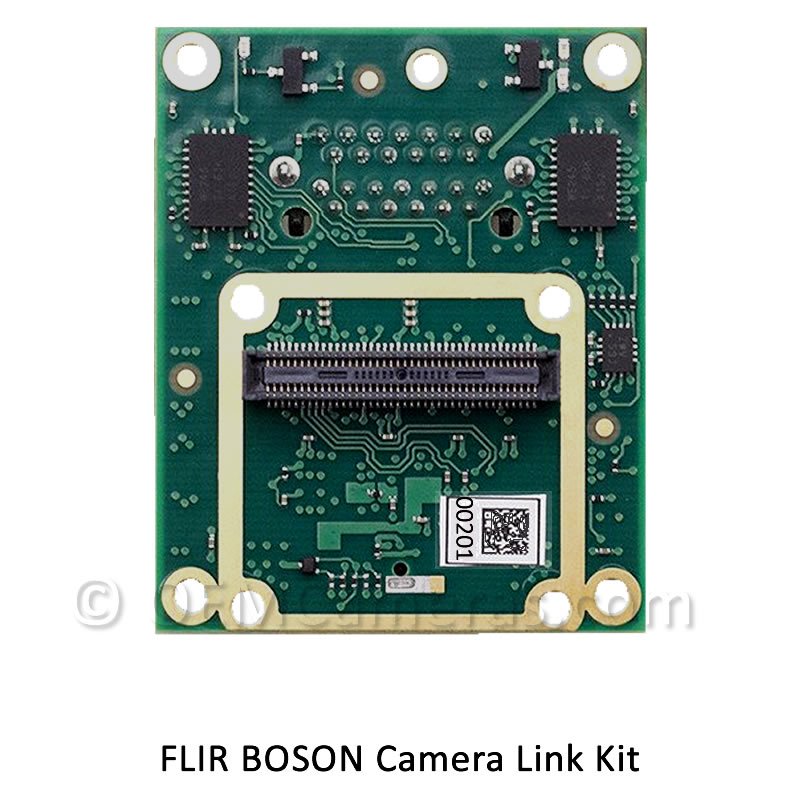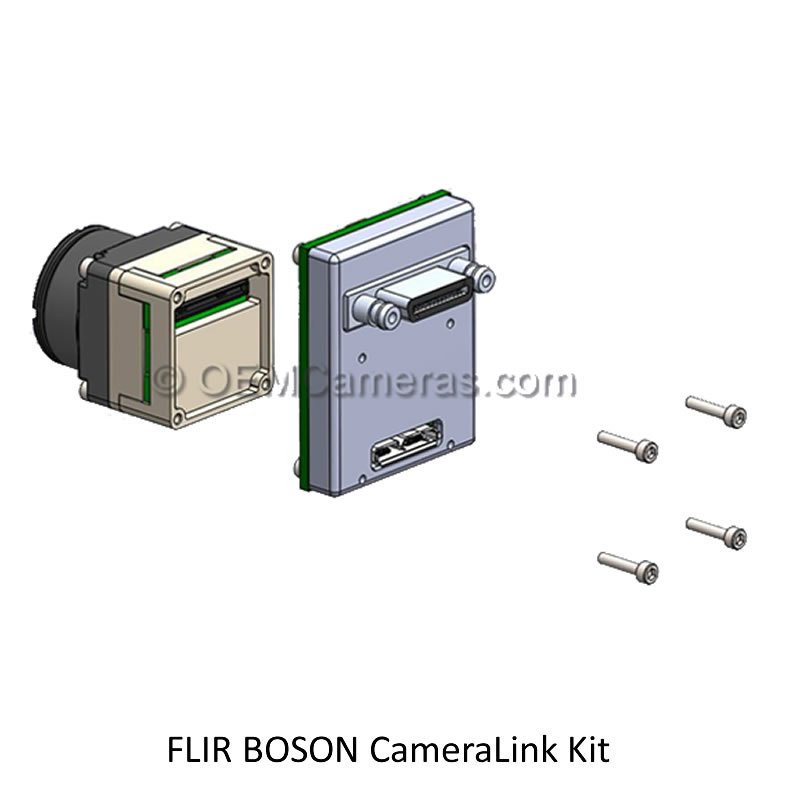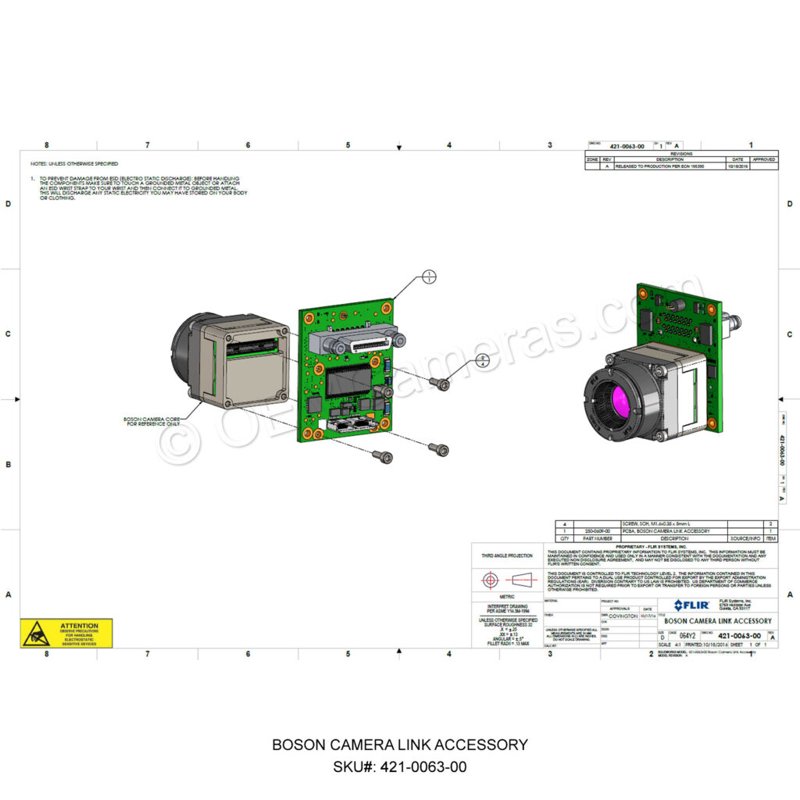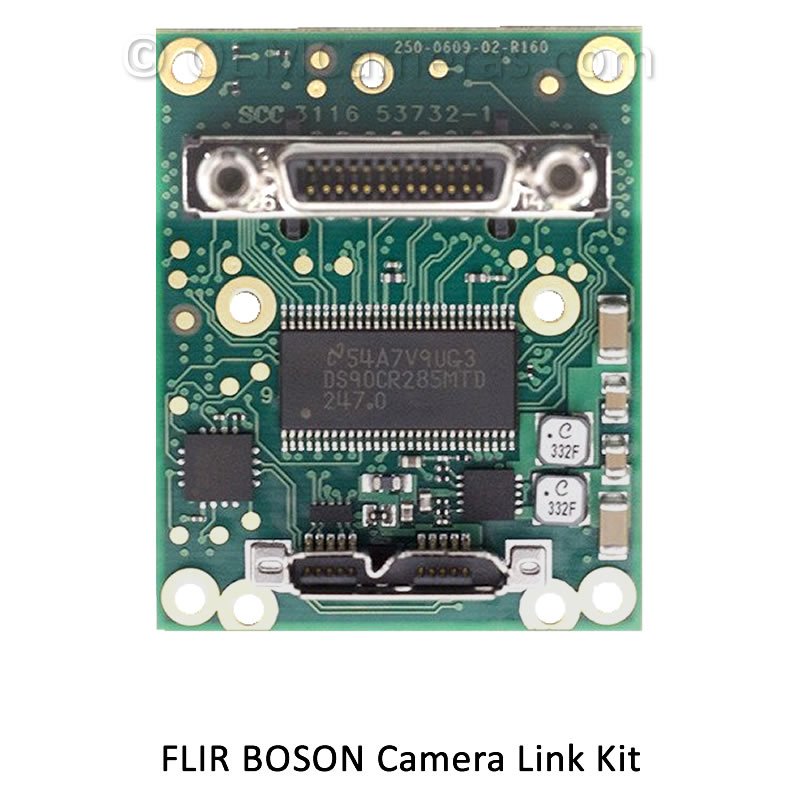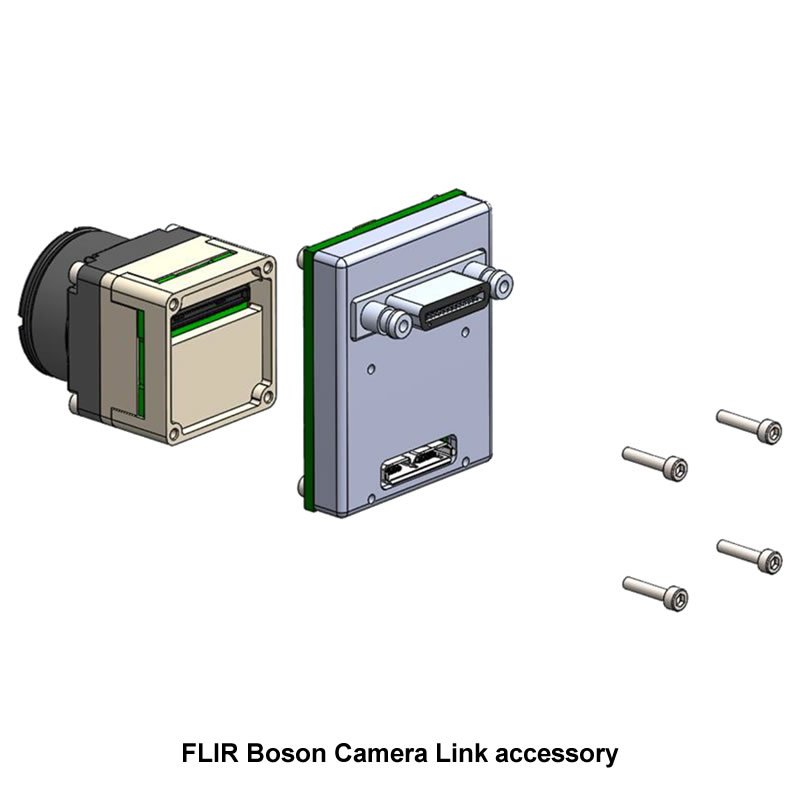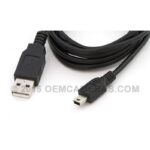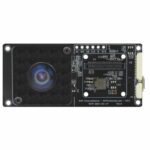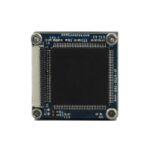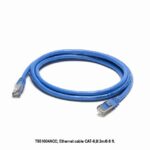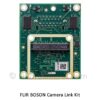Teledyne FLIR Boson Camera Link Accessory
- Camera Link and USB interface to Boson video
- converts Bosons CMOS video
- Standard SDR-26 receptacle
- USB-3 micro-B connection
$582.00
Description
Specifications
Camera Link Accessory Kit
For the FLIR Boson Thermal Imaging Cameras
Expansion board for Boson cameras that matches the functionality of the VPC module, and enables the camera to be interfaced to a Camera Link frame grabber, allowing the capture of digital 16-bit video data.
(This product does not include Camera Link cable, frame grab board, or data capture software.)
